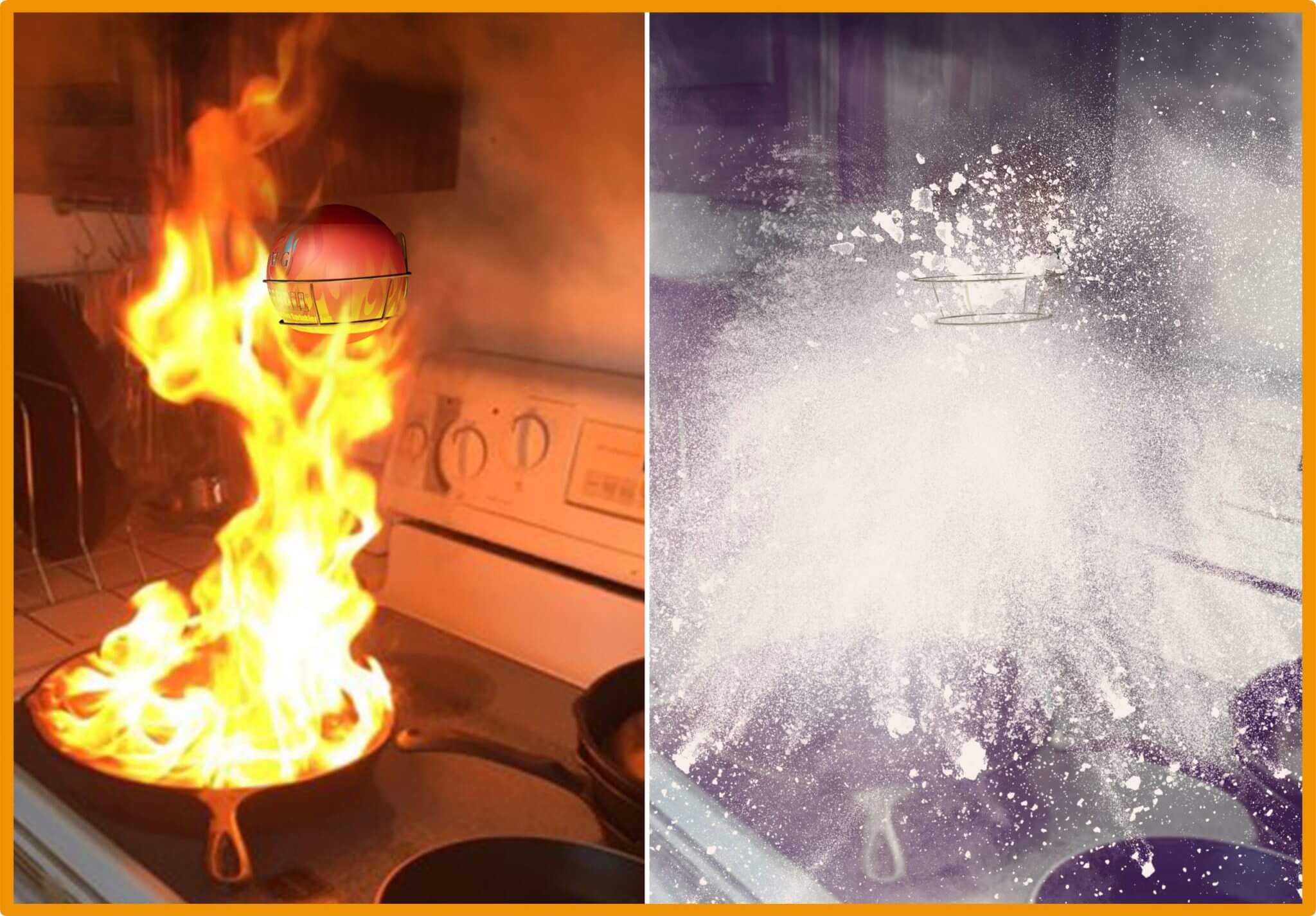How To Replace Or Repair Damaged And Obsolete Fire Extinguishers – New Guide
A newly released guide from fire safety specialists aims to help you make sure your safety gear is up to date. Find out if your equipment is inferior or obsolete before an emergency happens and learn about new technologies for fighting fire!

Fire safety specialists released a new report on guidelines for keeping fire suppression systems up to date, and how to tell if a fire extinguisher is inferior or obsolete compared to newer innovative technologies.
Quick Response Fire Supply, fire safety education and supply specialists, have released a report detailing the potential dangers and downfalls of aging or inferior fire extinguishers. The report covers how to detect problems before they occur, and best practices to prevent them.
For more information please visit https://www.qrfs.com/blog/280-problems-with-fire-extinguishers-that-cause-failure
The newly released report includes detailed information and regulations from the National Fire Protection Agency, as well as from their own, in-house, fire safety specialists. Since the NFPA standards were first set nearly a century ago, there have been numerous changes and updates to the guidelines that make many old fire suppression systems no longer compliant.
One common example is a popular fire extinguisher which has since been recalled by the United States Consumer Product Safety Commission, after nearly 400 reports of “failed or limited activation.” The recall includes 134 different models of extinguishers and an estimated 37.8 million units in the United States.
According to the NFPA, any fire extinguisher that has been discharged even briefly should be serviced or replaced. While the gauge on an extinguisher may show that it still has enough pressure, after use it may continue to lose pressure over time. It is also possible for a build-up of the extinguishing agent to clog the inner workings, which can prevent the extinguisher from functioning properly the next time it's required.
There are a number of factors that can cause damage or wear to an extinguisher besides use, including temperature variability, UV exposure, or vibration. Any extinguisher that has not been properly stored is likely to suffer damage over time. The NFPA has a list of regulations for the proper storage of extinguishers to help minimize these problems, but over a long enough period of time almost no storage system is entirely foolproof.
Obsolete fire extinguishers can lead to a range of problems beyond those caused by a fire. Many obsolete extinguishers are not even permitted to be inside NFPA compliant facilities. Not only can these extinguishers fail to operate in an emergency, but in some situations, they can cause dangerous situations themselves. One example is soda-acid extinguishers, which have the potential to cause potentially explosive chemical reactions.
In many cases, age alone is enough to make a fire extinguisher obsolete. The NFPA requires the removal of any non-rechargeable extinguishers that are more than 12 years old from the date of their manufacture. They also require the removal of any extinguishers that cannot be serviced due to the necessary parts being unavailable from the manufacturer.
To learn more about fire extinguisher safety please visit https://www.qrfs.com/blog/280-problems-with-fire-extinguishers-that-cause-failure
For decades, innovators have sought ways to elide the costly maintenance of these archaic systems in favor of systems that require no maintenance and can safely and autonomously stop fire. Among this new class of fire suppression systems, one stands out as a "game changer". The Fireball® by Auto Fire Guard, LLC uses an Airburst® technology to attack a large area of fire by instantly disbursing the dry chemical fire suppressant in all directions after the device sustains contact with the fire. Thats right, it activates on contact with fire, so even if no one is present, it can stop fires. Since it has no mechanical components, there are no pins to pull, hoses to aim or triggers to squeeze. And in case a person is in the room when it activates, there is nothing to fear. According to its MSDS and testing by SGS international, the AFG Fireball® system is 100% safe for all people, pets, food and the environment, and best of all, it requires no maintenance and has the longest shelf-life of over 15 years.
It is important to point out that other similar devices did not test as well. The AFG Fireball® is the only brand that has proven to several US Nationally Recognized Testing Laboratories that it consistently uses the purest of ingredients. The AFG Fireball® is the only device in its class using UL certified 90%+ pure dry chemicals for fighting fire. Only Auto Fire Guard, LLC is a licensed US manufacturer of the Fireball®.
Buyers be aware. In a viral YouTube video, other brands of fire extinguisher balls that were randomly audited were caught filling their devices with sub standard chemicals and even sand. Those fire extinguisher ball devices are produced in other countries like Thailand and China to elide US authorities, which brings us back to the main point of maintenance and standards. It would be great if the UL would step forward to fully list the Fireball®, particularly since 99.8% of the Fireball® already uses UL certified components.

